Honda’s E-Clutch is already standard equipment on the current CBR650R and CB650R in the US market and stands out as an intriguing steppingstone between the conventional manual transmissions we’re all used to and the new generation of semi- and fully automatic bikes that are starting to become increasingly commonplace. Now it’s spreading to more bikes starting with the Japanese-market Rebel 250 cruiser.
That’s an interesting move for a couple of reasons. First, it helps illustrate how affordable the E-Clutch system is; it’s cheap enough to bolt onto even an entry-level machine like the smallest Rebel without skewing its price too far. In Japan, the E-Clutch version of the Rebel 250 costs the equivalent of $325 more, before tax, than the manual bike. More importantly, perhaps, it shows Honda now has a version of the E-Clutch that’s tailored for the Rebel 250′s 249cc MC49E SOHC single, an engine that’s the basis for multiple other models both in Japan and on global markets including the States. Over here, the same engine is used in 286cc form (thanks to a longer, 63mm stroke instead of the 249cc version’s 55mm) in the Rebel 300, the CB300R, the CRF300L, CRF300LS, and CRF300L Rally, so with an E-Clutch system that bolts straight onto it, all those bikes could very easily be given E-Clutch derivatives.
It also shows that the E-Clutch can easily be adapted, with minimal R&D expense, for virtually any bike that uses a conventional clutch. Surely the Rebel 500 must be on the list of bikes under consideration to get the same tech, along with other models sharing the same motor, such as the CB500F and NX500, given the way the system makes motorcycling less intimidating to new riders by slashing the risk of stalling the engine when starting or stopping.
The system on the Japanese-market Rebel 250 operates identically to the one fitted to the current 650cc four-cylinder bikes. Unlike other semi-autos, the E-Clutch still uses a completely conventional, foot-operated shifter, but it eliminates the need to use the clutch at all—even when pulling away or coming to a standstill—by incorporating an electronic actuator to engage or disengage it at the command of the system’s control software. For traditionalists, there’s still a physical clutch lever that works exactly as on any other bike, including the same linkage (a cable in this instance) so even if the electronic system were to be disabled entirely, you’d still have full control. At any time, you can override the E-Clutch by using the manual lever.
For new riders, the E-Clutch is intended to eliminate the need to juggle the clutch and throttle at low speeds or when pulling away from standstill, and in stop-and-go traffic it’s a useful energy saver even for the most experienced user—although overcoming the urge to pull the clutch in when coming to a halt might be an initial hurdle for riders with years of experience of doing that. On the move, it essentially works as a glorified, smooth, up-and-down quickshifter, the ride-by-wire throttle and control software automatically rev-matching on downshift. The downsides? E-Clutch adds a little weight, it’s 4.5 pounds heavier on the 650 models, while the E-Clutch-equipped Rebel 250 is 6.5 pounds heavier than the manual version.










/cloudfront-us-east-1.images.arcpublishing.com/octane/WX5JTLXS2VBGXHHID3GNCWCTD4.jpg)
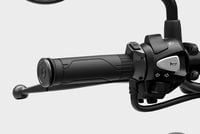
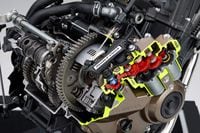
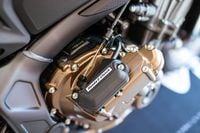
/cloudfront-us-east-1.images.arcpublishing.com/octane/BPD5CKH5IFGDLG67Y24UMOXXGA.jpg)
/cloudfront-us-east-1.images.arcpublishing.com/octane/CHQ32B6TVBEPVFNPERY3AB2H3M.jpg)
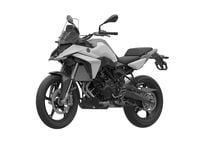
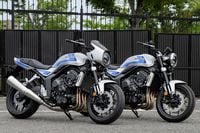

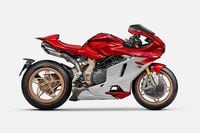
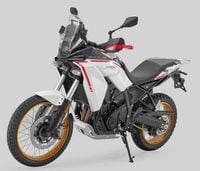

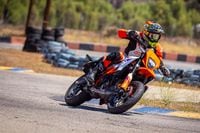
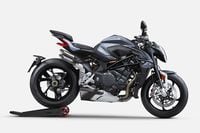
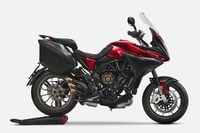
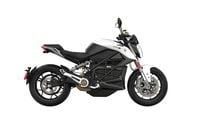
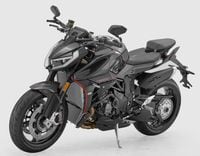




/cloudfront-us-east-1.images.arcpublishing.com/octane/URQMNYZZ6ZBM5LXGREBV3Y72OM.jpg)
/cloudfront-us-east-1.images.arcpublishing.com/octane/XH2ETEU4NVGDFNQO2XT2QQS5LU.jpg)
/cloudfront-us-east-1.images.arcpublishing.com/octane/DUGAQC2GQJCXFILEECQK2Q6T7I.jpg)
/cloudfront-us-east-1.images.arcpublishing.com/octane/4OGCCVR7WZGYDOWK4CGDTHXITA.jpg)
/cloudfront-us-east-1.images.arcpublishing.com/octane/GQV7Y6XT6FGZDIXO4P2IVJNSYE.jpg)
/cloudfront-us-east-1.images.arcpublishing.com/octane/X47GL62AXNALRHQLLBELY5WRMY.jpg)
/cloudfront-us-east-1.images.arcpublishing.com/octane/7OY2GP3FWFEDVEMDSLNGM6PZRM.jpg)